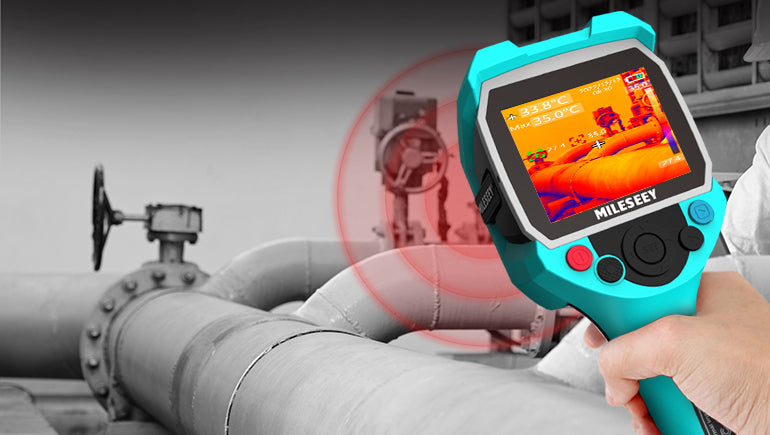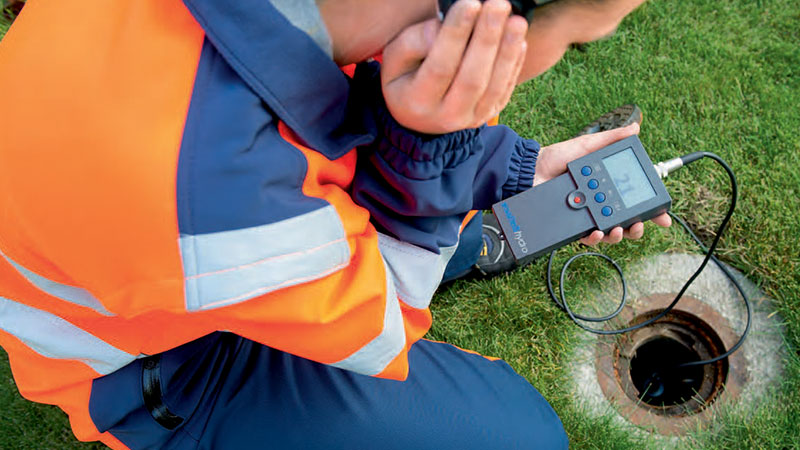Top Water Leak Detection Techniques to Protect Your Building from Water Damages
Top Water Leak Detection Techniques to Protect Your Building from Water Damages
Blog Article
Ingenious Solutions for Very Early Discovery of Water Leaks in Buildings and Framework
As the honesty of structures and framework is paramount, the difficulty of very early detection of water leakages has spurred cutting-edge solutions that assure to change the way we secure versus possible damages. From innovative leakage detection technologies to the release of IoT sensing units for real-time tracking, the landscape of leak prevention is evolving quickly. Artificial intelligence algorithms use a glance right into the future of leakage forecast, while thermal imaging presents a non-intrusive method for determining hidden leakages. Automated water circulation evaluation systems are improving exactly how leaks are determined and addressed, leading the method for a positive method to water leakage detection. Each of these services holds the essential to ensuring the integrity and durability of our constructed environment, prompting a shift in the direction of a much more sustainable and reliable future.
Advanced Leak Discovery Technologies
Advanced leak discovery modern technologies, outfitted with advanced sensing units and formulas, play a crucial duty in promptly determining and pinpointing water leaks in numerous settings. Electro-magnetic sensors can identify modifications in electromagnetic areas triggered by water, offering yet another layer of leak discovery capability.

IoT Sensors for Real-Time Tracking
In the realm of modern-day water leakage detection, the combination of IoT sensors for real-time monitoring stands for a pivotal innovation in enhancing aggressive leak discovery capabilities. These sensing units supply continual surveillance of water systems, providing real-time information on water flow rates, stress variants, and temperature level changes. By leveraging IoT technology, these sensing units can find also the smallest abnormalities in water usage patterns, allowing very early recognition of potential leakages prior to they escalate right into major problems.
IoT sensing units send information to a centralized system, where advanced algorithms analyze the information and generate signals or notices when abnormalities are found. This real-time monitoring capacity permits homeowner or facility supervisors to quickly address leaks, decreasing water damages, minimizing fixing prices, and conserving water resources.
Furthermore, IoT sensors can be incorporated with building administration systems, enabling automated reactions to discovered leaks, such as turning off water shutoffs or activating pumps to minimize the effect of leakages. In general, the application of IoT sensors for real-time surveillance significantly improves the performance and effectiveness of water leakage discovery in structures and framework.
Machine Learning Algorithms for Leak Forecast

One secret advantage of making use of maker discovering for leak forecast is its capability to continuously learn and enhance its accuracy gradually. As more information is collected and fed into the formula, it can improve its predictions and adapt to transforming conditions, inevitably raising Continued the dependability official statement of leak detection systems.
Furthermore, machine understanding algorithms can help in recognizing refined indicators of leaks that may go unnoticed by typical surveillance methods. water leak detection. By analyzing complicated data embed in real-time, these formulas can give early warnings and notifies, enabling prompt intervention and precautionary maintenance to reduce potential water damages and connected costs
Utilizing Thermal Imaging for Leakage Detection
Thermal imaging innovation supplies a promising approach for spotting water leakages in various systems and infrastructures. By using infrared radiation and temperature level differences, thermal imaging video cameras can determine hidden leaks that are not easily noticeable to the nude eye.
One of the key advantages of thermal imaging for leak discovery is its non-intrusive nature. Unlike standard methods that may need burglarizing walls or floorings to situate leaks, thermal imaging enables non-destructive testing. This not just saves time and lowers prices yet also reduces disturbance to the structure or framework being evaluated. Additionally, thermal imaging can promptly scan large areas, providing a detailed introduction of prospective leakage sources in a timely manner. Generally, the usage of thermal imaging innovation improves the effectiveness and precision of water leakage detection, making it a beneficial device for maintaining the integrity of buildings and infrastructures.
Automated Water Flow Analysis Systems
Just how can automatic water flow analysis systems revolutionize the detection and administration of leakages in different systems and infrastructures? Automated water flow analysis systems use a proactive technique to leakage detection by continually checking water flow prices and patterns. By establishing standard information, these systems can swiftly determine deviations that might indicate a leakage, allowing timely intervention to stop comprehensive damages.
These systems utilize advanced algorithms to analyze real-time information and supply prompt informs when anomalies are detected, allowing for swift article source activity to be taken. Additionally, automated water circulation evaluation systems can be incorporated with building management systems or IoT systems, improving total performance and enabling remote surveillance capacities.
In addition, the data collected by these systems can be used for predictive upkeep purposes, assisting to determine potential powerlessness in the infrastructure before leakages take place. On the whole, the execution of automated water flow analysis systems can substantially enhance leak discovery and monitoring practices, eventually causing set you back savings, minimized water wastefulness, and boosted sustainability in structures and facilities.

Conclusion
In verdict, the integration of innovative leakage discovery technologies, IoT sensing units, artificial intelligence algorithms, thermal imaging, and automatic water circulation evaluation systems supplies ingenious options for very early discovery of water leakages in buildings and framework. These technologies allow real-time surveillance, forecast of leakages, and reliable discovery approaches to stop water damages and wastage. Executing these remedies can help in preserving the stability and sustainability of water supply in different setups.
Report this page